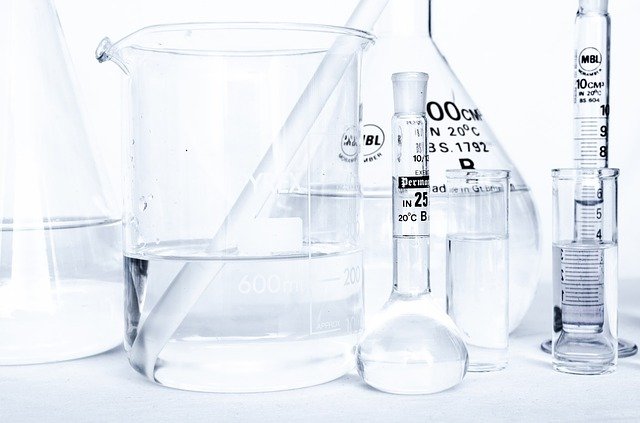Thermodynamics Chemistry is a sub-branch of physics that deals with the heat properties primarily and the processes that involve it secondarily.
Chemistry meanwhile, is that branch of Science, which deals with chemical properties of different compounds, their bonding with each other and interactions (reactions)
There are two irrefutable and thoroughly established laws in thermodynamics: namely, the law of conservation of energy and the law of entropy.
The law of conservation of energy says that the amount of energy in an isolated system always remains constant. It can transform but it can’t decrease or increase.
The 2nd law or the law of entropy on the other hand, establishes that the entropy of a closed system can never decrease but will always increase. But what precisely is entropy?
Entropy is a physical property of the universe that can be described as the complexity and the level of disorder in a system.
So essentially, the second law of thermodynamics states that the level of complexity of a closed system will only increase and never decrease.
Now both the 1st and the 2nd laws of thermodynamics have direct implications for chemical processes.
The connection between these processes:
The two seemingly unrelated processes are actually related. Let’s explore exactly how this is.
Relativistic Physics quite concisely establishes that mass is a form of energy in the rest frame, that the reference frame of energy in mass is at rest and is not approaching the speed of light ‘c’.
What does that show you? It shows that the 1st law of thermodynamics chemistry directly applies to mass which implies that mass is also conserved in an isolated system and chemical compounds have, you got it, mass!
This has direct implications for chemical reactions, where mass or more precisely, the number of coefficients (atoms) in reactants are reproduced in products, although with different configurations obviously.
Where does entropy come into play in all this? It’s there in the totality of the process itself, driving forward the arrow of time and consequently, the chemical reactions.
Let’s discuss some examples to establish things more clearly.
Examples:
FeCl3 + NH4OH = Fe(OH)3 + NH4Cl
In the above thermodynamics chemistry equation, you can see that it’s not at all, balanced, which implies that mass has not been conserved which means that this reaction is simply impossible to occur in nature.
Let’s first explore the problem with this equation. The most obvious problem is that there are 3 chlorines on the left hand side while only 1 chlorine on the right while chlorine is in a single chemical species in this reaction.
So what we do is we put a 3 with NH4Cl on the right side.
FeCl3 + NH4OH = Fe(OH)3 + 3NH4Cl
The next issue is that now there are 3 NH4 on the right side because we put a 3 in front of NH4Cl for the sake of balancing chlorine.
To solve this, we put a 3 with NH4OH on the left hand side.
FeCl3 + 3NH4OH = Fe(OH)3 + 3NH4Cl
Now if you compare the atoms on both sides of the equation, you’d realize they’re equal in number so mass has been conserved.
Finally, this equation has been clearly balanced. This is how the reaction would occur in nature as it would obey the laws of thermodynamics.
This is the theoretical framework for equation balancing which is of prime importance due to the laws of thermodynamics.
The objective of this article was to develop in chemistry thermodynamics students, an in-depth conceptual understanding of how the laws of thermodynamics affect chemical reactions.
You learned that the equation balancing is the essential aspect of the implications of thermodynamics for chemical reactions.
You also got to learn the concept of how the whole process works out, and how a chemical equation is balanced. You would be able to practice it at equation balancer if you wish to further explore the process.
On another note, you’d need the understanding that this process also involves having proper concepts of theoretical yield and actual yield which are meant to give us the anticipated yield in a chemical reaction.
Theoretical yield is the expected yield under perfect lab conditions, which are generally absent in the real world, while the actual yield on the other hand, refers to the yield under the influence of the actual imperfect conditions amid the real world variables which is much more accurate and closer to the yield we get in a chemical reaction.




